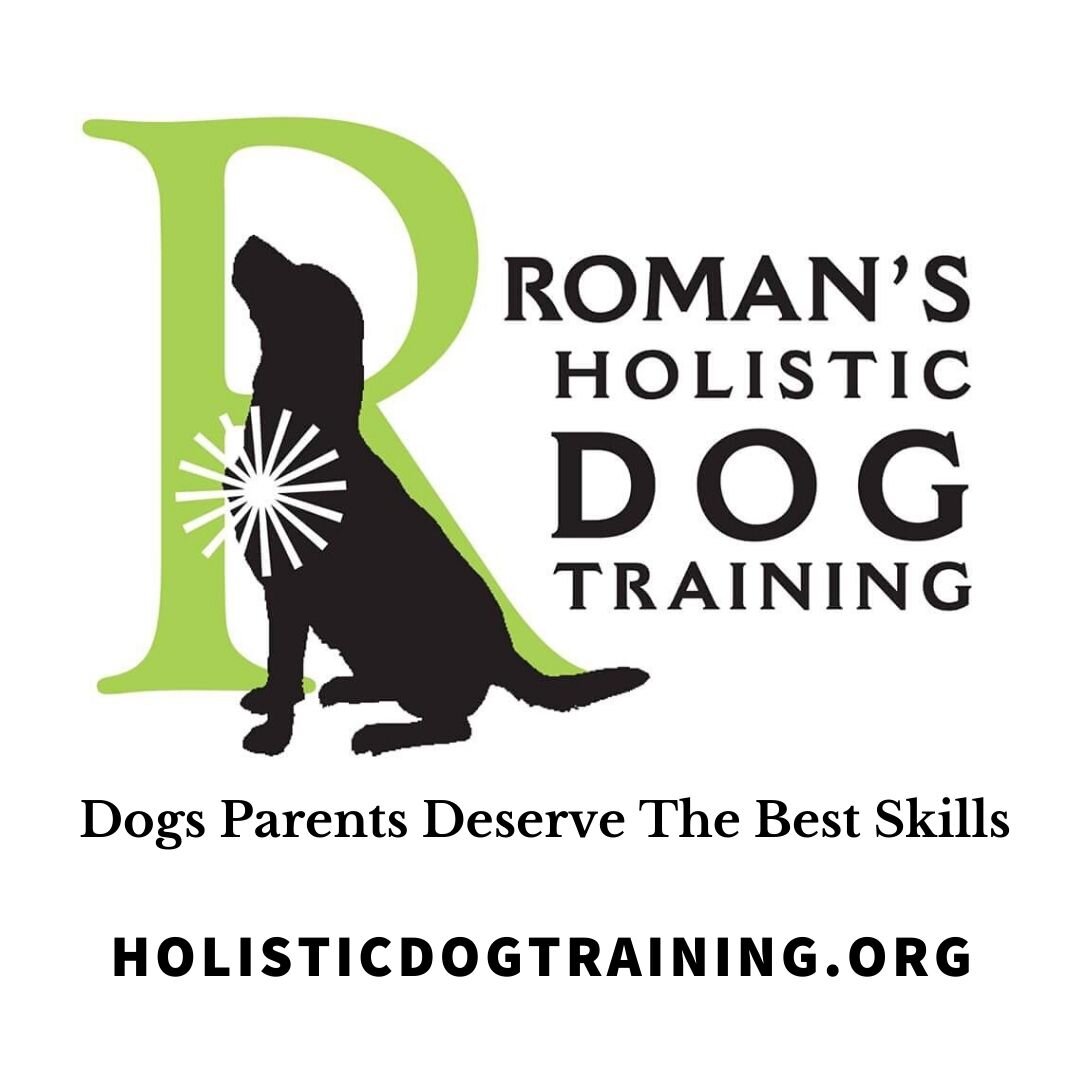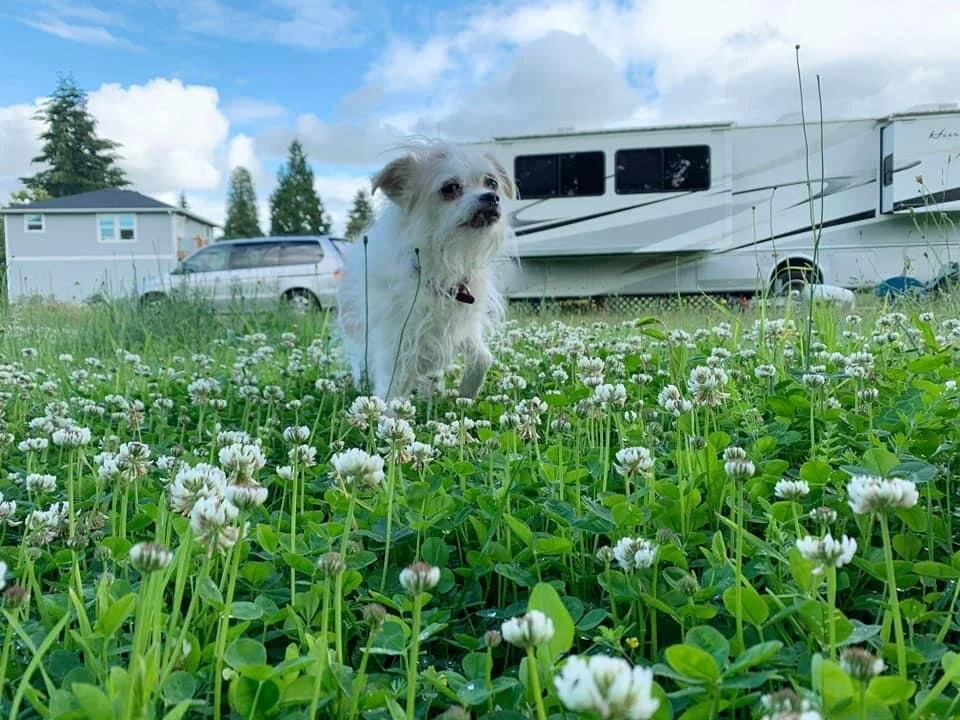How Holistic Dog Training Methods Can Address, Prevent Aggression and Reactivity
90% of my clients hire me because they believe their dog is unpredictable, aggressive. 70% have hurt people or pets. 65% of dogs showed dangerous reaction towards their primary caregiver. Roughly 20% have had nipping or biting incidents that could have been avoided if caregivers were educated on the signals their dog sent them as a warning.
Here are some dog bite facts from the AVMA:
▪Each year, more than 4.5 million people in the U.S. are bitten by dogs. Almost 1 in 5 people bitten by dogs require medical attention.
▪Every year, more than 800,000 Americans receive medical attention for dog bites; at least half of them are children.
▪Children are, by far, the most common victims of dog bites and are far more likely to be severely injured.
▪Most dog bites affecting young children occur during everyday activities and while interacting with familiar dogs.
▪Senior citizens are the second most common dog bite victims.
At the first sign of reactive behavior, there are training methods that I use to correct it, but the best way to keep a dog from becoming one of these statistics is focusing on prevention before it’s too late.
1 Prevention is The Best Medicine
Creating clear boundaries and limitations is the first step in curbing aggression. When a dog respects your physical and personal space, they are less likely to challenge it.
When you respect your dog’s space, and this includes not picking them up or moving them without consent, they feel safe and understood, which decreases the likelihood of aggression. They also imitate their owner’s behavior, so “Do as I say, not as I do” never works with dogs.
2 Earning Respect
Respect earned without force goes a long way in making your relationship with your dog a healthy one. It’s hard to be a bully when you’re happy.
3 Spay And Neuter
Spaying or neutering your dog can help in certain situations, but it doesn’t deter reactive or aggressive behavior, contrary to popular belief. Aggressive tendencies have to already exist for the hormones to cause the dog to react. They merely exacerbate a problem.
Finding those problems and correcting them before they surface is more productive because eventually they will appear regardless of spaying or neutering. They just might not be as severe.
4 Proper Socializing
Socializing your dog is also a good way to prevent aggression. By letting your dog grow up around people and other dogs, you get them used to the way human society functions.
When dealing with rescues, controlled socialization and interaction is important, but it’s also important with raising a puppy. Dogs need to be taught at an early age about excitement, morals, and engagement control, so they can manage and control their own impulses as they age.
5 Stress-Free Walk
Learning how to calmly walk your dog with a loose leash and no constraints like prong collars, harnesses, or soft leads can help your dog be less reactive. Quite often these types of tools are used incorrectly, or make pulling and reactivity even worse because they make the dog feel trapped in a situation that he wants to get out of.
Many owners incorporate these products because their dog pulls with a regular collar, so education on proper leash techniques is important.
Proper diet can also improve behavior in dogs just like it does in children. Additives, carbohydrates, and low-quality ingredients in packaged food can cause allergies, discomfort, hyperactivity, mood swings, distraction, and violent behavior.
6 Training and Correction
While prevention is the key to minimizing the potential for aggression in your dog, there are training methods that work well to decrease or completely remove unwanted behaviors. Dog aggression is not just a dog problem, it’s a family problem as well.
Both the dog and his caretakers need training. I always include a family systemic approach in my sessions, so everyone in the house, including the children, becomes aware that emotional energy can affect the whole family system.
The most common reasons for dog aggression or reactivity are trauma, fear, medical issues, frustration, and miscommunication. I recommend that clients whose dogs have behavioral issues have them checked by a vet first to rule out any physical problems, if they haven’t had a recent checkup. If the dog is healthy, then I move on to finding the root of the problem.
Almost all rescue dogs have trauma in one form or another, from abandonment, being touched or manipulated violently or without consent, being constrained, losing their home, and a number of other issues.
Some dogs will react aggressively or have disputes because they feel like they don’t have an “out.” They are trapped by a leash or by their surroundings. Teaching them that they have other options, and giving them the opportunity to exercise those options, like walking away or going to a safe place in the yard or home, can counteract reactive tendencies. Most dogs don’t want to hurt anyone; they just want to make a scary situation go away.
7 Dogs with Human Problems
Many human behaviors may factor into bite situations. Here are a few examples:
Challenging food, water, or favorite object. Removing food from a dog, or appearing to intervene between a dog and its food or water, even inadvertently, may trigger reactive behavior in some dogs. The reaction can stem from a fear of starvation or lack of resources, and is a common reason for food aggression and crate reactivity.
Attacking (or perceived attacking) a dog or its companions, or encroaching on its territory. Dogs are family-oriented; they often have an instinct to defend themselves and anyone they consider family. They will often defend their territory, which may include areas they consider "theirs" or belonging to their family.
Aggressive behaviour is a typical feature of dogs and is important in nature for survival of individuals, their integration into pack, defence of territory, food or the young. Aggression and the related manifestations in humans and animals is an important philosophical, psychosocial, ethological and ethical issue on both human and subhuman level. - Folia veterinaria. , 2008, Vol.52, p.73
Attacks may be triggered by behaviors that are perceived as a threat, like a sudden unexpected approach or touch by a stranger, or inadvertently stepping on any portion of the dog's anatomy, like a paw or tail, or startling a sleeping dog.
In particular, the territory that a dog recognizes as its own may not coincide with the property lines that its owner and the legal authorities recognize, such as a portion of a neighbor's backyard.
Gaining a dog’s trust as an authority and helping them to understand that you are taking care of the situation will “take them off the job” and remove their need to protect.
8 Recognizing discomfort.
A sick, injured, or older dog may get cranky or over-reactive and develop a tendency to nip or bite. Communication can suffer when a dog doesn’t feel well. Have you ever been sick and snapped at a loved one because explaining something to them takes up too much energy? Dogs do the same thing.
9 Recognizing insecurity or fear.
Like humans, dogs that feel insecure may ultimately turn and defend themselves against something they think is a threat. It’s common for people to not recognize a dog’s clear signs of fear or insecurity.
Many bites happen because a person approaches and touches a dog who is signaling to them that they’re uncomfortable and don’t want to be petted. The dog feels that when his warning signs aren’t respected, his only other option is to bite.
10 proper Intervention when dogs fight.
When a human gets in the middle of a dog fight they can get a serious bite. There are a few methods that can be used to break up a dog fight that decrease the risks.
11 Avoiding Threatening body language or movement.
Directly staring into a dog’s eyes can sometimes make a dog feel threatened or can be perceived as an act of aggression, especially when a stranger does it. Moving too close to them or too quickly can also seem aggressive.
Balanced dogs usually approach each other from the side to greet, rarely from the front, so making a beeline toward a dog can make them nervous.
Dogs react when fearful, and may feel driven to attack out of self-defense, even when not, in fact, being "attacked". Speed of movement, noises, objects, or specific gestures like raising an arm or standing up may cause a reaction.
Many rescued dogs have been abused, and in some dogs, specific fears of men, women, skin coloring, and other features that recall past abusers are not uncommon. A dog that feels cornered or without recourse may attack the human that triggers their trauma.
A dog may also perceive a hand reached out toward its head as an attempt to gain control of the dog's neck via the collar, which if done to by a stranger can easily provoke a defensive reaction, lIke growling, snapping, or biting. Dogs always go for the neck during a dogfight to control their opponent.
12 Avoid inadvertently causing the dog to go into prey drive.
Dogs retain many of their predatory instincts, including hunting and chasing prey. Running away from a dog or behaving in a manner suggesting weakness may trigger predatory behaviors such as chasing or over-excitement, which can lead to an attack or bite. For example, the instinct to jerk one's hands upwards away from an inquisitive dog may cause a strong impulse to grab and hold.
13 Troubleshooting Frustration.
A dog that is already excited or aroused by an aggressive instinct from one source may use an available target to release its energy. An example would be a dog who is fence fighting and turns to attack one of its family members out of frustration.
Sources:
www.avma.org/public/Pages/Dog-Bite-Prevention.aspx
Roman Gottfried is an internationally renowned Holistic Dog Training, Intuitive Healer and Dog/Human Relationship Coach. He works with dog parents worldwide to help their dogs reach their full potential, by teaching them the holistic philosophy of creating a healthy relationship with their dog. He sees clients both online and in-person in Phoenix, Arizona. Visit www.romansk9training.com for more information or to schedule an appointment.







